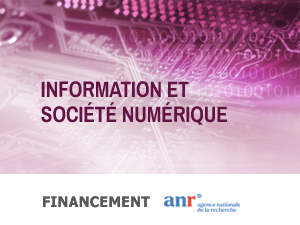POINTCOM will tackle the integration of light emitters in silicon, aiming towards the implementation of photonic devices at telecom-frequencies. The project seeks to demonstrate the feasibility of point defect-based light sources that overcome silicon’s intrinsically poor optical yields. POINTCOM will exploit collective emission from large ensembles of emitters to demonstrate lasers in free-space emitting configurations. To this length, advanced photonic architectures – namely photonic crystals (PCs) – will be used to synchronise distant emitter sites to allow for stimulated emission, Using PCs, POINTCOM will seek to exploit the Purcell effect to increase the operating temperature of devices.
A plethora of different optically active defect sites exist in Silicon, yielding photon emission in the near infrared telecom wavebands, that have yet to be fully explored. Many of these defect centres are based on abundant and non-polluting elements (carbon, oxygen…) inserted into the silicon lattice at relatively low concentrations, meaning that the resulting systems can be considered « all-silicon » with unrivaled integration advantages, notably with the electronics industry. A particular accent will be placed on identifying materials and processes that minimise the devices’ environmental impacts, so as to ensure durability during process upscaling.


